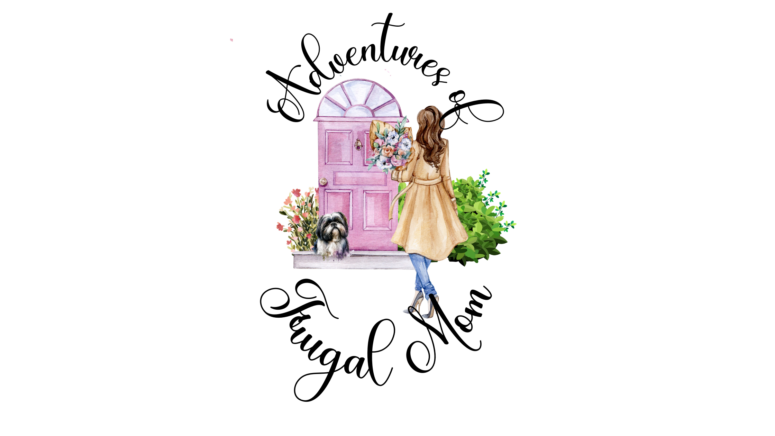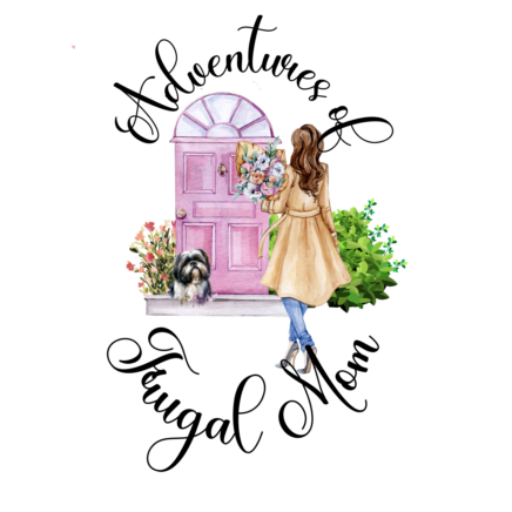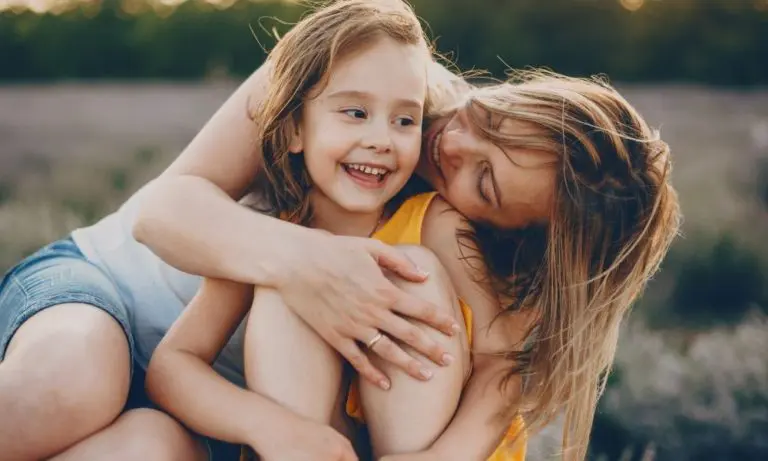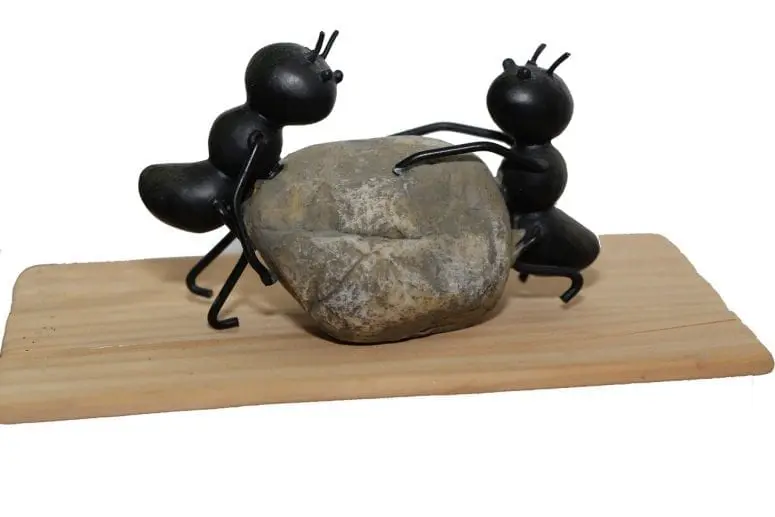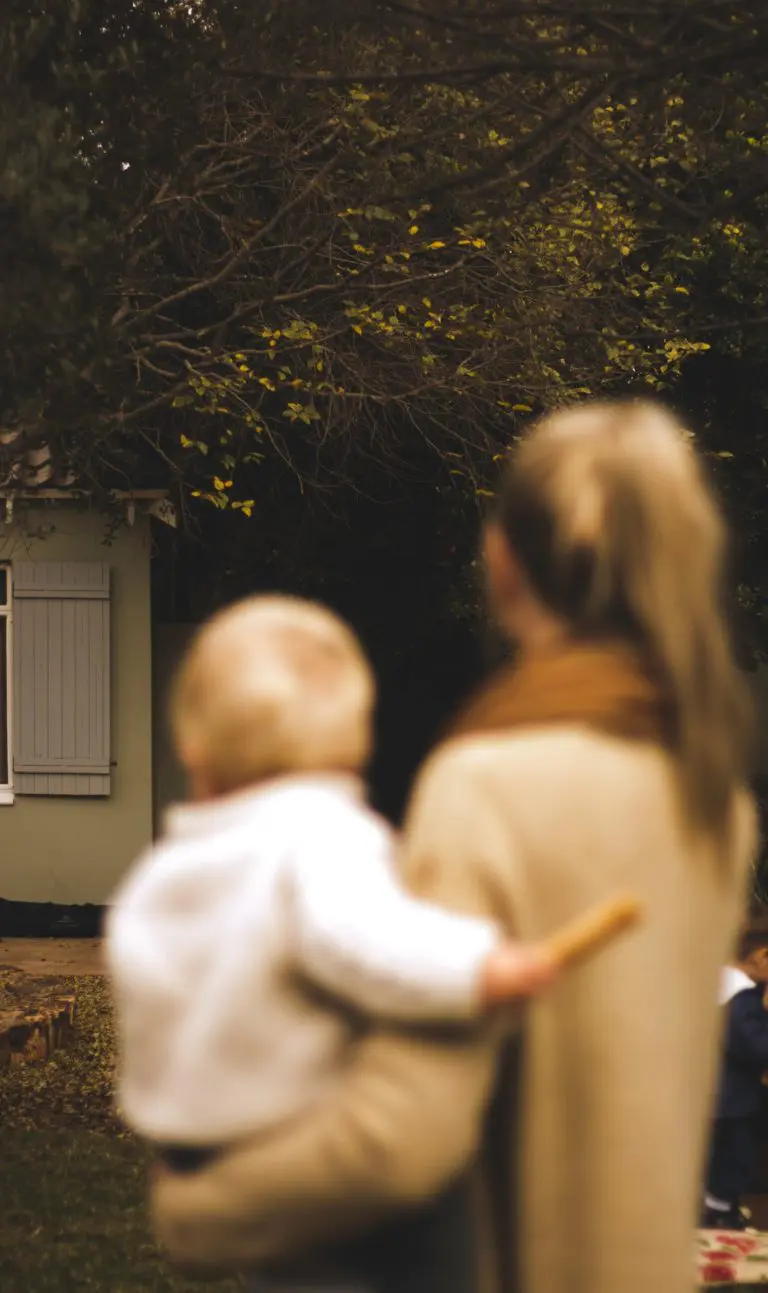Baby on the Go: Tips for Childproofing Your Home
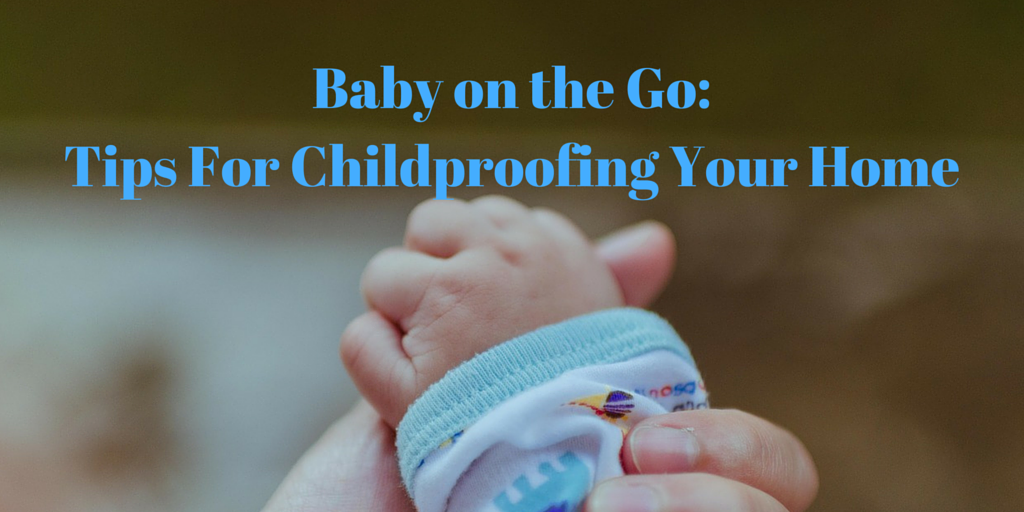
Parents conjure all kinds of images when worrying about a child’s safety, whether it involves driving, strolling, or carrying kids through a crowd. However, many parents overlook hazards that are right in front of them. The home is one of the largest threats to a child’s well-being. Between the ages of 1 and 4, children are likely to be threatened by fire, water, poison, or a stranger’s violence. 2.3 million children are accidentally injured each year and another 2,500 die. It’s important to start childproofing your home.
Crouch Down
It seems silly yet it’s advantageous to realize the vantage point of your baby. Crouch down on the ground to get a baby’s eye view of your home. What is not directly in front of you when standing is front and center to them. Consider what items may catch their eye. What is within a baby’s reach? And what areas could they crawl into? Crouching down will help you secure cupboards, drawers, and other potentially dangerous areas. If your baby can stand then start looking a bit higher off the ground.
Secure Outlets
Put covers on all of your unused wall sockets. However, some covers can become a choking hazard if discovered by your baby. Rather than covers, replace outlet faces with models that have a sliding latch. Teach babysitters and visitors that use outlets to be aware of the baby’s whereabouts and propensities. Contact Salvi, Schostok & Pritchard P.C. to find out more if your baby is involved in a personal injury incident.
Do Away with Large Furniture
Young children can be severely injured or die due to large pieces of furniture and televisions that tip over. Bookcases, dressers, and large appliances pose hazards. If you must own the furniture then make sure each piece is bolted and secured to the wall. Place heavier items on lower shelves to make dressers and shelves less top heavy. Always close the drawers of cabinets and dressers; little ones can use them as ladders, which causes the furniture to tip over.
Install Gates
Safety gates prohibit children from getting into dangerous areas of the house including the garage, near the pool, or out of the front door. Don’t use gates at the top of the stairs unless the model screws into the wall. Children may place pressure on the gates, and models that are not secure can dislodge and cause the baby to fall down the stairs.
Hide the Poison
Cleaners, medications, and other substances that are poisonous need to be under lock and key. It’s best to place all of them in the same cabinet fitted with a lock. When you’re cleaning the home, put the baby in a safe area away from harmful fumes and liquids. Check online resources for a list of cleaning products that are safer to use in homes that have babies and pets.
Round the Corners
Use edge bumpers to round the corners of pointed pieces of furniture. Bumpers should stay on securely and not pose a choking hazard. Bumpers are not fashionable pieces of decor but well worth the effort in protecting your baby as they fall or run by furniture, hearths, etc.
Darren Williams is a house husband who is Dad to 4 kids under the age of 8. Life was hectic when the kids were younger but now with 3 at school during the day he has suddenly found himself with spare time! He uses that time to write on parenting topics for various blogs.
Similar Posts:
- Key Tips to Make Your Home Toddler-Safe
- 12 Ways to Child Proof Your House
- A Simple Guide To Installing Your Baby’s Car Seat Properly
- Baby Formula Ultimate Guide: How to Choose the ideal Kind for Your Kid
- 16 Ways to Manage Your Baby’s Discomfort During The Teething Process
